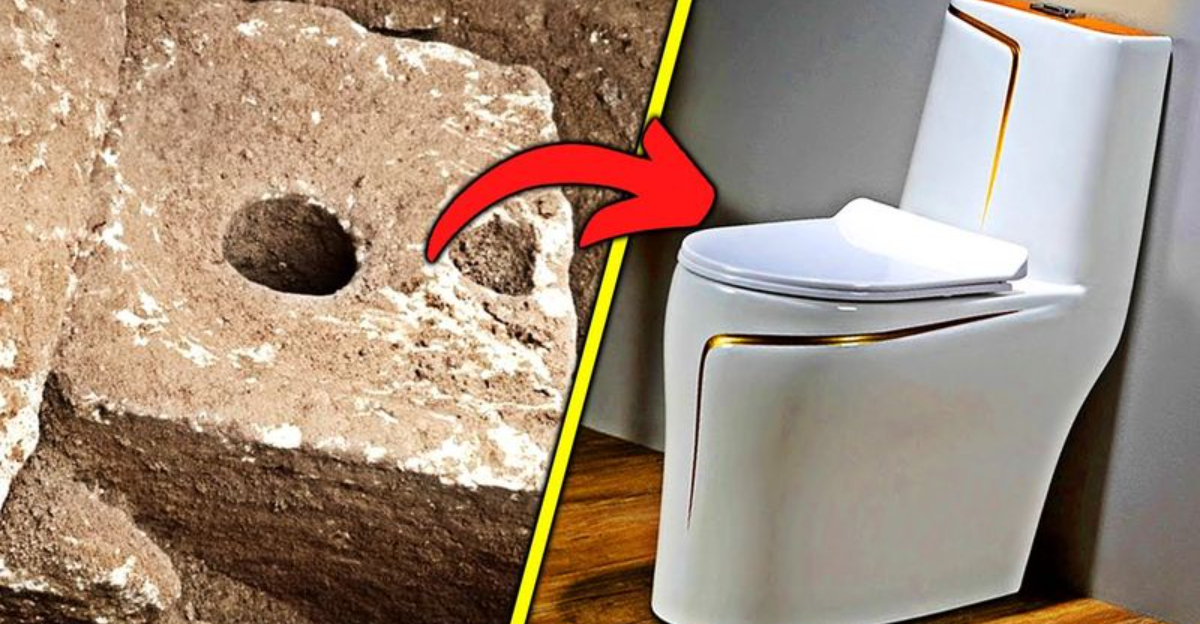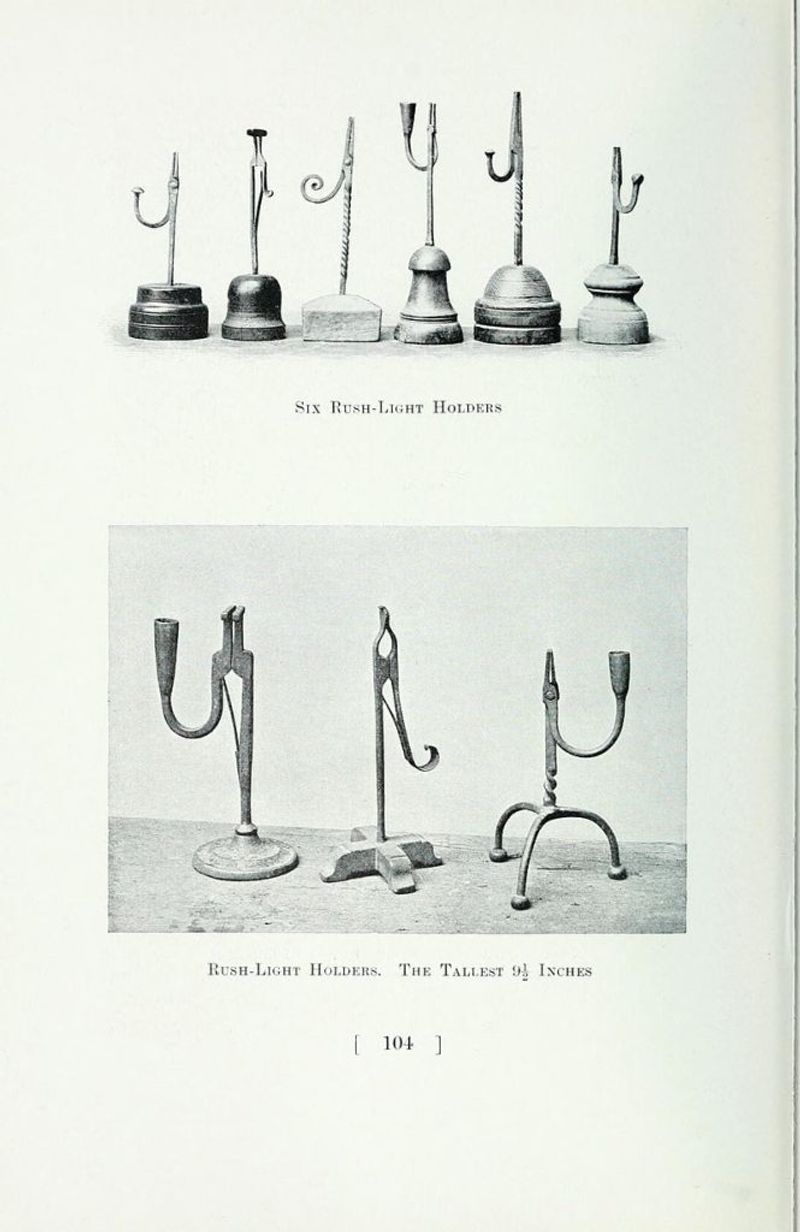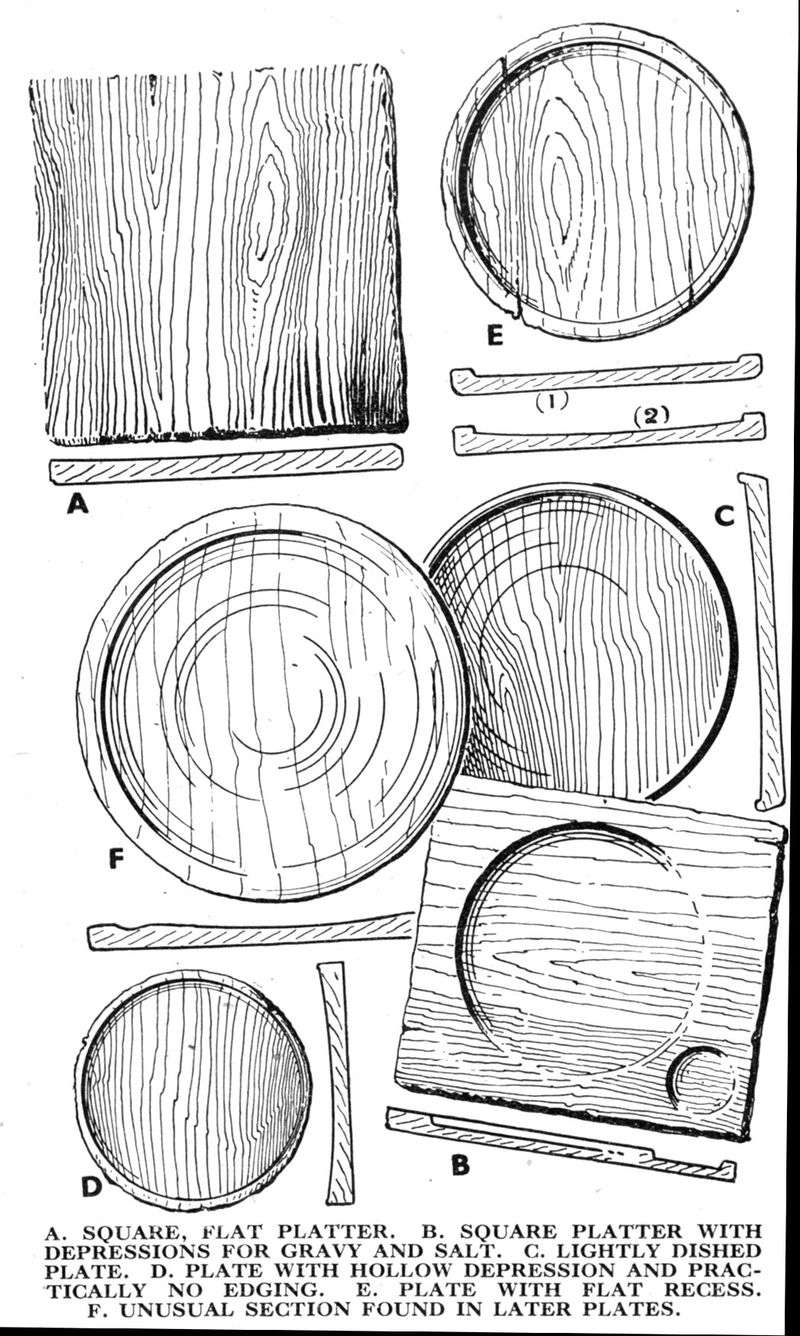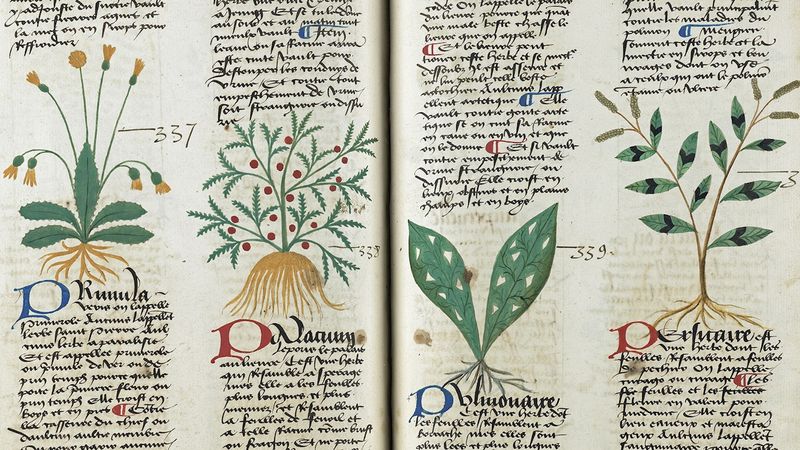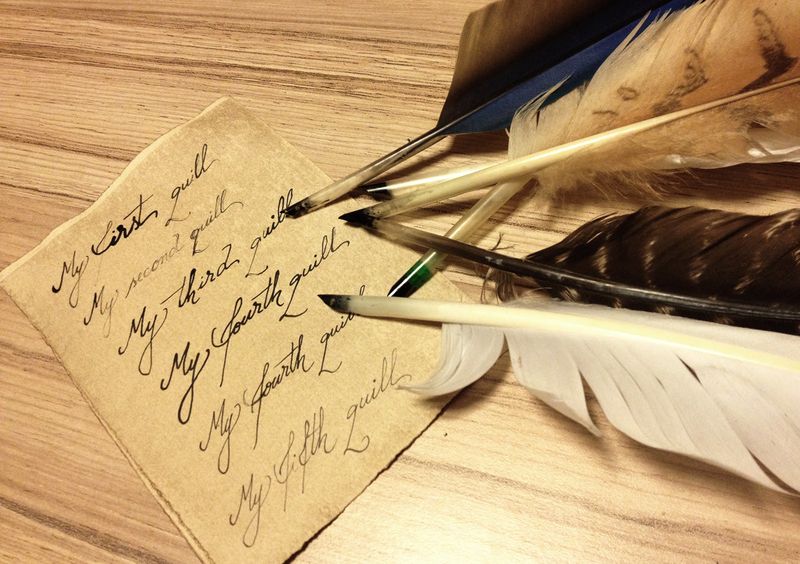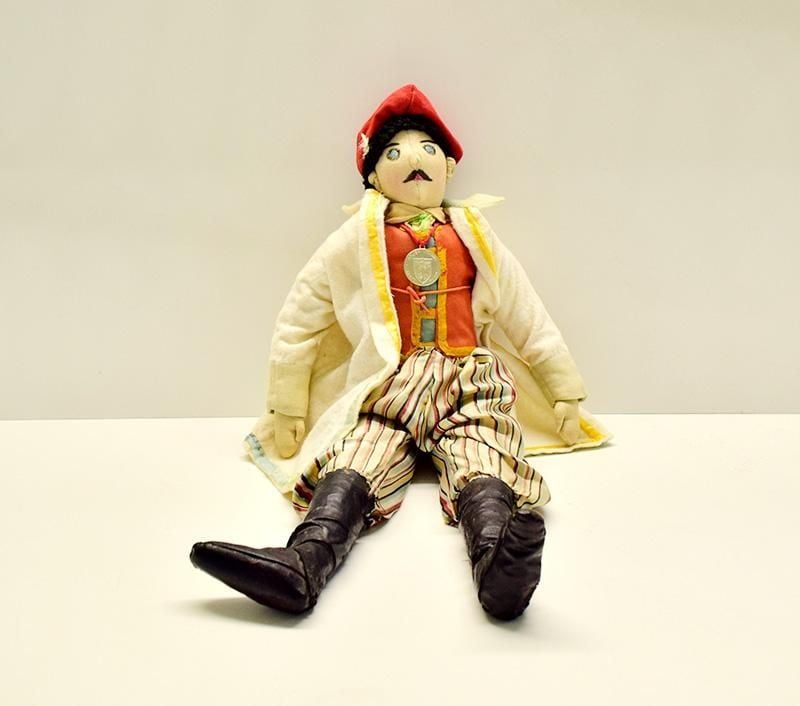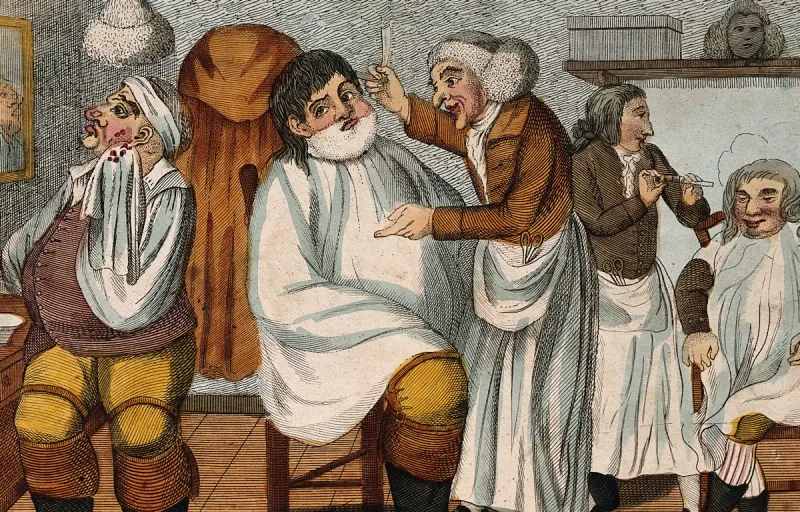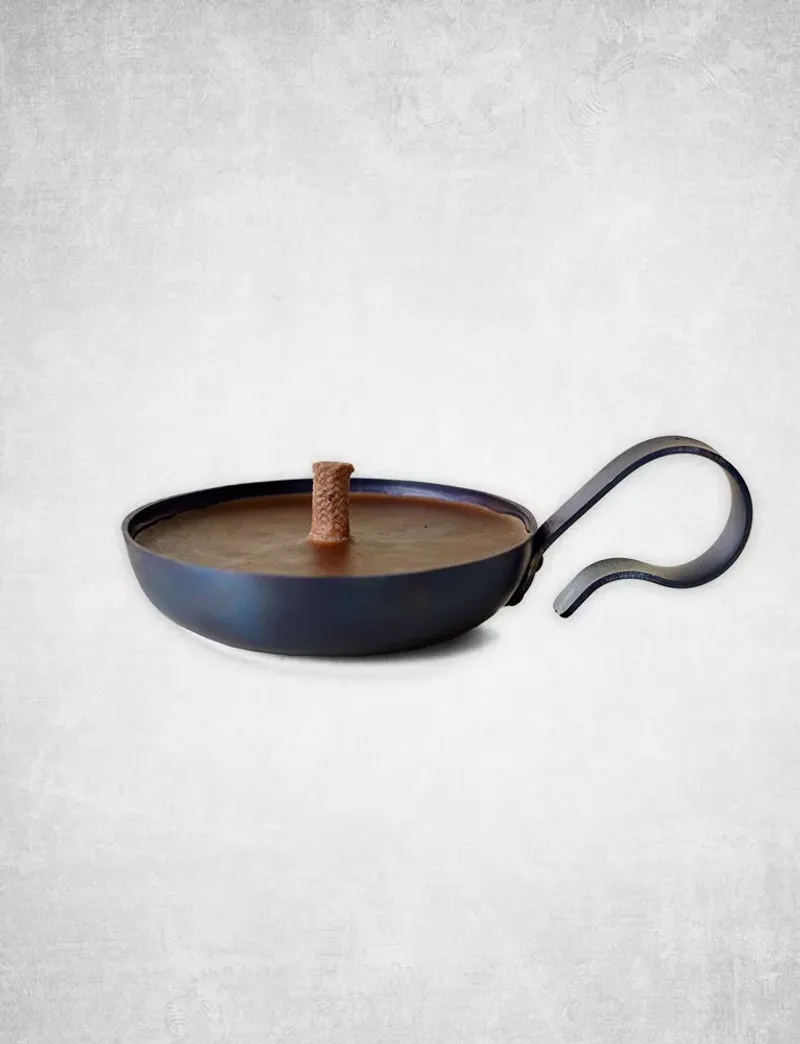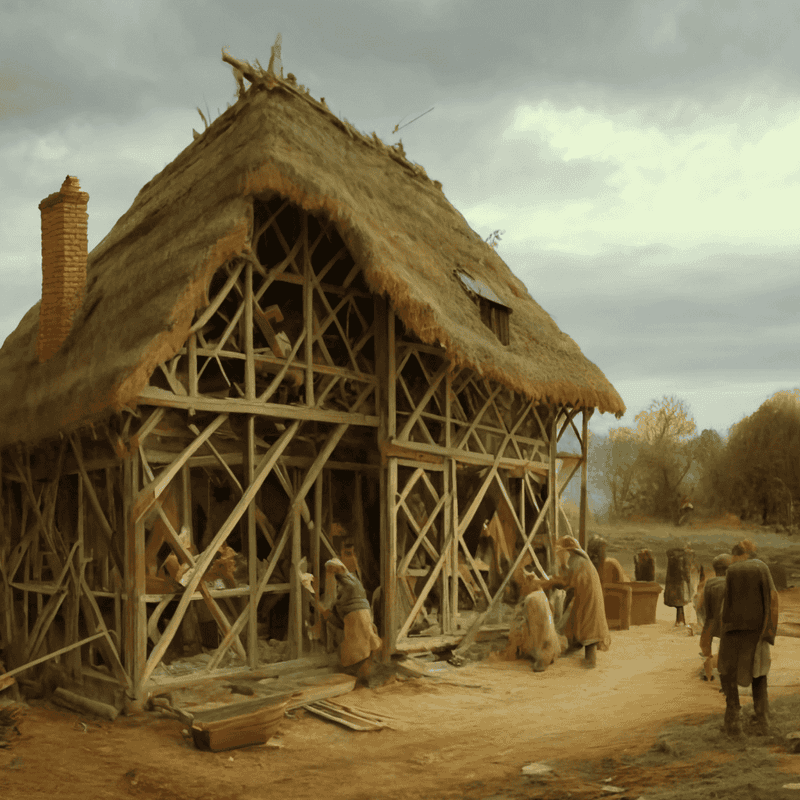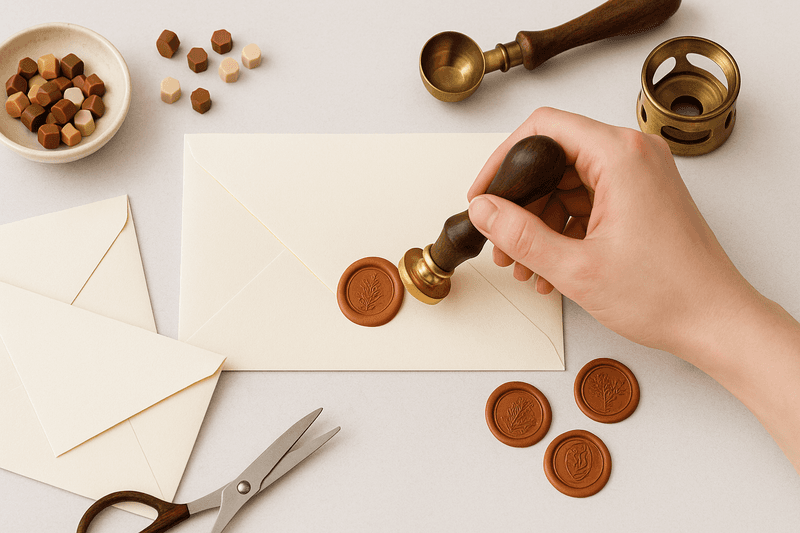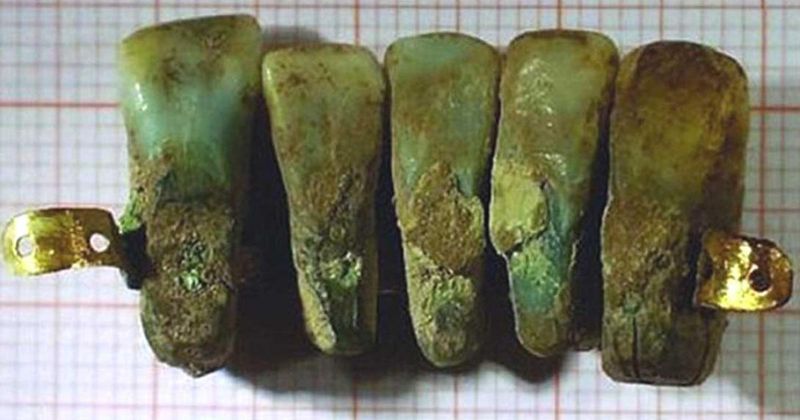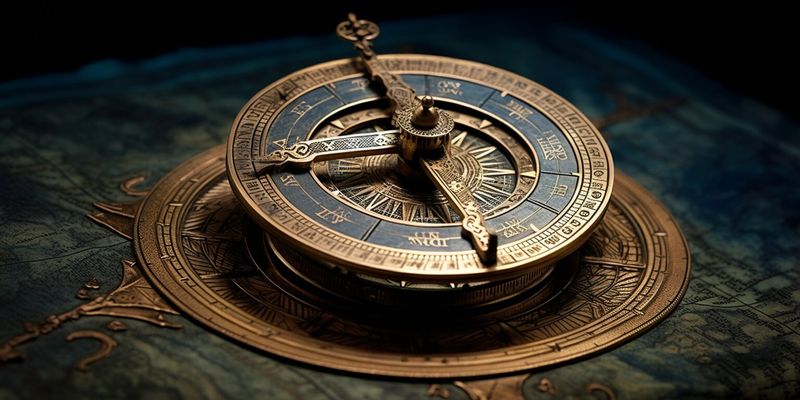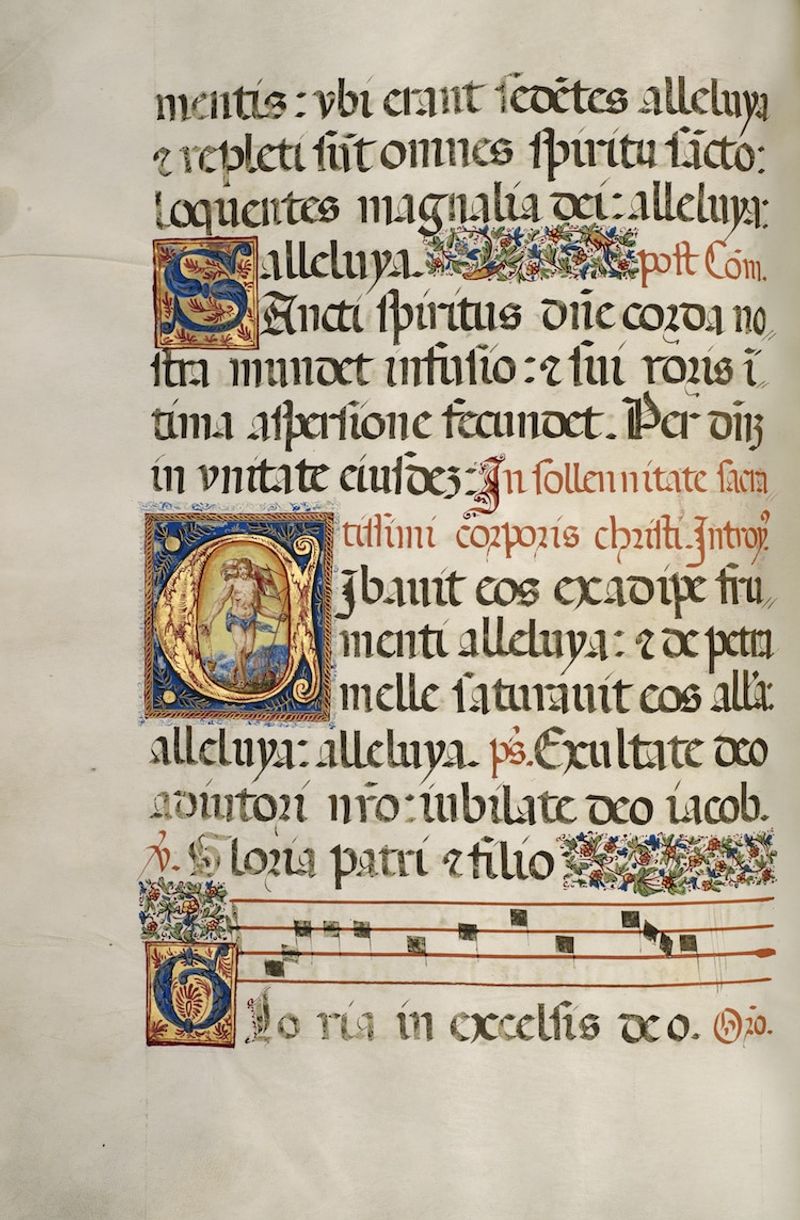Explore the fascinating evolution of everyday items from the Middle Ages to modern times. This comparison highlights how much has changed in terms of technology, comfort, and functionality, offering a unique glimpse into both the past and the present.
1. Rushlights (Candles) 🕯️ → Light Bulbs
In the dim-lit medieval home, rushlights illuminated the dark. A simple rush dipped in animal fat, it provided limited light. Today, LED bulbs brighten our lives. Energy-efficient and available in various hues, they offer convenience and control. With smart lighting solutions, one can adjust brightness with a voice command or app, a far cry from lighting a smoky rush.
2. Ale (Unfiltered Beer) 🍺 → Craft Beer
In medieval times, ale was a daily staple, brewed for safety over water. Cloudy and low in alcohol, it was consumed by all ages. Fast forward to today, and craft beer reigns supreme. With a plethora of styles like IPAs or stouts, each offers unique flavors. Brewed with precision, modern beers are celebrated both for taste and creativity, a stark contrast to their simple origins.
3. Wooden Plates & Trenchers 🍽️ → Fine China
Medieval dining involved wooden trenchers or edible bread plates. Utilitarian and straightforward, they served dual purposes. Today’s meals are presented on fine china, a symbol of elegance and sophistication. From intricate designs to dishwasher-safe durability, modern plates enhance dining experiences. This shift from practicality to aesthetic appeal marks a significant culinary evolution.
4. Hand Quern (Grain Grinder) → Electric Blender
The hand quern, a laborious stone grinder, was essential for flour production in medieval kitchens. Its operation required strength and endurance. Today, the electric blender or food processor effortlessly transforms grains and other ingredients into desired textures. With the push of a button, culinary tasks are simplified, showcasing immense technological advancements in kitchen tools.
5. Linen & Wool Tunics 👕 → Fast Fashion
Medieval clothing was hand-sewn, comprised of linen or wool, and dyed with natural pigments. Each piece was unique, crafted with care. In today’s world, fast fashion dominates. Mass-produced, trend-driven clothing allows for rapid wardrobe changes. While affordable and accessible, this shift emphasizes quantity over craftsmanship, reflecting broader societal changes in consumption and manufacturing.
6. Chamber Pot 🚽 → Modern Toilet
The medieval chamber pot, a simple ceramic or metal vessel, was a nighttime necessity, hidden discreetly under beds for easy access. Contrast this with today’s toilets, marvels of plumbing engineering. From basic flush models to luxurious bidets and Japanese washlets, the transformation is profound. Modern toilets offer comfort, hygiene, and even self-cleaning features, vastly different from their humble predecessors.
7. Herb Gardens (Medicine) 🌿 → Pharmaceuticals
Medieval apothecaries relied on herb gardens, using plants like rosemary for memory or mint for digestion. Healing was natural, albeit limited. Modern medicine cabinets, however, brim with pharmaceuticals, from over-the-counter solutions to life-saving prescriptions. Scientific advancements have revolutionized healthcare, offering effective treatments for a multitude of ailments, a monumental shift from herbal remedies.
8. Goose Quill Pens 🖋️ → Ballpoint Pens
Writing in the medieval era required patience. Goose quill pens, dipped in ink, demanded skill to avoid blots or breaks. Today, ballpoint pens offer convenience. Disposable and available in various styles, they ensure smooth, effortless writing. The transition from quill to pen represents a leap in accessibility, making writing a ubiquitous, everyday activity.
9. Straw Mattresses 🛏️ → Memory Foam
Sleep wasn’t always restful in medieval times. Straw mattresses, scratchy and often flea-infested, were the norm. Modern memory foam mattresses, however, promise comfort and support. Designed to contour to the body, they include innovations like cooling gels. This change highlights a focus on personal well-being and technological progress in bedding.
10. Wooden Peg Toys 🧸 → Plastic Action Figures
Medieval children played with simple wooden peg toys or hobbyhorses. Carved by hand, each toy was a treasure. Enter the modern era, where plastic action figures with LED lights and app connectivity captivate imaginations. While playful essence remains, modern toys are interactive and technologically advanced, reflecting a blend of creativity and innovation in child play.
11. Barbers as Surgeons 💈 → Modern Hospitals
Medieval barbers doubled as surgeons, performing tasks like tooth-pulling or bloodletting. Their multi-functional role, though essential, was rudimentary. Today, specialized surgeons operate in sterile, high-tech hospital environments. Equipped with robotic tools and advanced imaging, they offer precision and care unimaginable in the past. This evolution showcases a profound advancement in medical practices.
12. Hourglasses ⏳ → Smartwatches
Timekeeping in medieval times involved hourglasses, simple yet effective. They measured duration through sand flow. Smartwatches, on the other hand, are multifunctional gadgets. Beyond time, they track health metrics, notifications, and even GPS navigation. The leap from sand timers to digital wristwatches symbolizes the integration of technology into daily life, enhancing connectivity and efficiency.
13. Cresset Lamps (Oil Burners) 🔥 → LED Lanterns
Medieval lighting included cresset lamps, oil burners with open flames, essential yet hazardous. Modern LED lanterns, however, are safe and efficient. Rechargeable and often waterproof, they illuminate outdoor adventures with ease. This transformation from flame to LED marks the evolution of lighting technology, emphasizing safety and convenience.
14. Wattle & Daub Houses 🏠 → Skyscrapers
Medieval homes, built with wattle and daub, utilized timber frames and mud insulation. They were modest yet functional. Today, towering skyscrapers dominate skylines. Made from steel and glass, they’re equipped with smart home technologies. This architectural evolution from humble abodes to urban marvels speaks to advancements in construction and urban planning.
15. Heraldic Seals (Wax Stamps) 💌 → Digital Signatures
Authenticating documents in medieval times required wax seals, pressed with a unique stamp. Each seal conveyed authority and authenticity. Today, digital signatures and blockchain offer secure verification. This transition from physical to digital signifies a leap in security and efficiency, streamlining global communication and transactions.
16. Wooden Dentures 😬 → Dental Implants
Medieval dentistry involved wooden dentures, uncomfortable and often grotesque. Crafted from various materials, including real teeth, they lacked modern precision. Enter dental implants, made from titanium and custom-fitted. With 3D printing, they offer comfort and functionality. This evolution reflects significant progress in dental care, enhancing quality of life and oral health.
17. Turnshoes (Leather Footwear) 👞 → Sneakers
Footwear in the medieval era meant turnshoes, crafted inside-out from leather. Without left-right distinction, they were basic yet practical. Today, sneakers boast air-cushioned soles and moisture-wicking fabrics. Available in myriad designs, they emphasize fashion and function. The transformation mirrors changes in personal comfort and style preferences over centuries.
18. Astrolabe (Navigation Tool) 🌍 → GPS
Navigation once relied on astrolabes, intricate brass tools for mapping star positions. Complex and requiring skill, they guided explorers. Modern GPS, however, offers instant, precise navigation on smartphones. Real-time traffic updates and route suggestions redefine travel. This leap from celestial navigation to digital maps marks a significant advancement in exploration technology.
19. Iron Firebacks (Heating) 🔥 → Central Heating
Medieval homes utilized iron firebacks in hearths to radiate heat, functional but limited. Central heating systems now ensure consistent warmth. With smart thermostats and underfloor heating, modern solutions offer comfort and control. This progression reflects heightened efficiency and convenience in maintaining home climates, an essential evolution in living standards.
20. Illuminated Manuscripts 📜 → E-Books
Medieval manuscripts, painstakingly hand-painted with gold leaf, were artistic treasures. Creating one took years of skilled craftsmanship. Today, e-books provide instant access to vast libraries on devices like Kindles. The digital shift democratizes reading, offering convenience and variety at our fingertips. This dramatic change underscores technological impact on literary consumption.
